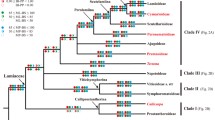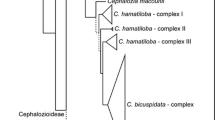Abstract.
Based on the chloroplast matK gene sequence, a phylogenetic analysis of the Urticales in its traditional circumscription and its putative affinities produced three equally most parsimonious trees with tree length=1527 steps, CI=0.6863 and RI=0.6352, indicating that the Ulmaceae s. l. are polyphyletic while the Celtidaceae are paraphyletic, and particularly, Cannabis and Humulus in the Cannabaceae are consistently nested within the Celtidaceae. Therefore, the present data strongly suggest that the Cannabaceae should be merged with the Celtidaceae to form a monophyletic group. According to the present study, the Celtidaceae including Cannabaceae are more closely related to the Moraceae and Urticaceae than to the Ulmaceae s. str.. Gironniera and Aphananthe are both basal clades of the Celtidaceae rather than members of Ulmaceae s. str.. The Rhamnaceae and Rosaceae are the closest relatives of the traditional Urticales, which is very congruent with the newest system of flowering plants put forward by APG.
Similar content being viewed by others
Author information
Authors and Affiliations
Additional information
Received January 22, 2001 Accepted March 23, 2001
Rights and permissions
About this article
Cite this article
Song, BH., Wang, XQ., Li, FZ. et al. Further evidence for paraphyly of the Celtidaceae from the chloroplast gene matK. Plant Syst. Evol. 228, 107–115 (2001). https://doi.org/10.1007/s006060170041
Issue Date:
DOI: https://doi.org/10.1007/s006060170041




